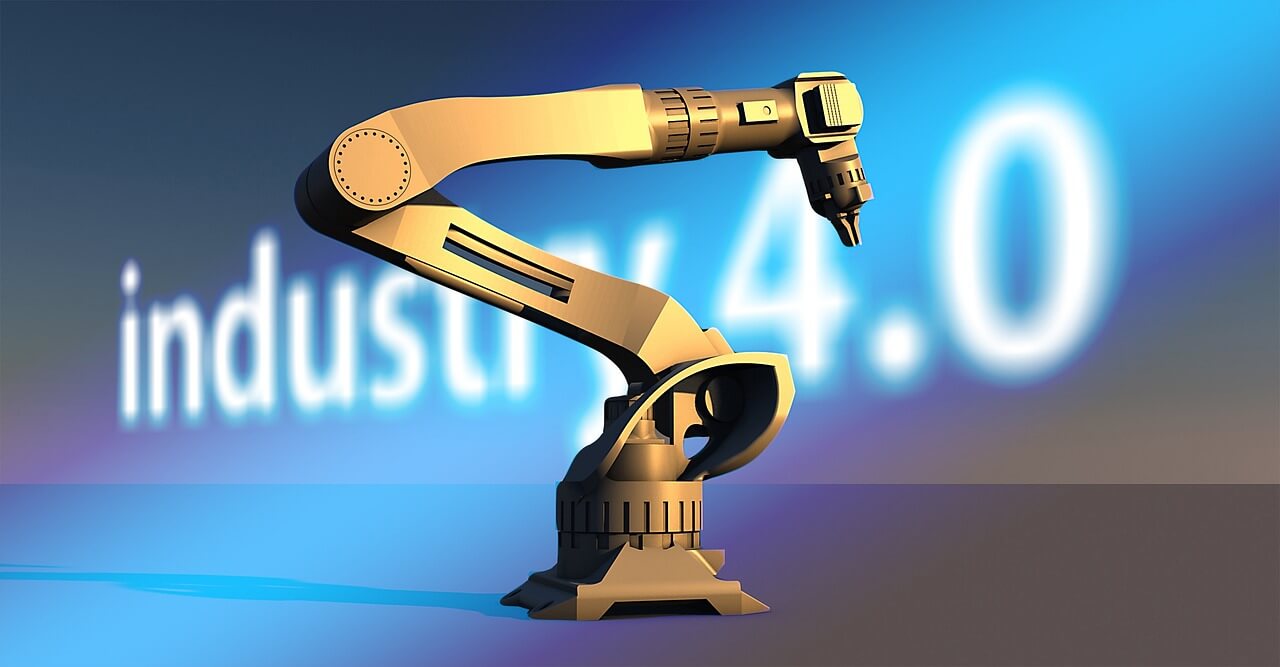Overall: China’s industrial robot market growth slowed down in 2023, with annual sales totaling 283,000 units, a slight increase of 0.4% year-on-year. The market in the second half of 2023 has improved compared with the first half of the year, showing strong resilience. In the second half of the year, 149,000 units were sold, with nearly 15,000 units added.

Downstream industries: Photovoltaics will be the best in 2023, and demand in electronics, lithium batteries, metal products and other industries will continue to shrink; it is expected that demand in downstream industries will continue to diverge in 2024.
Domestic and foreign investment: The share of domestic investment will rise to 45% in 2023, a record high; the share of domestic investment in the SCARA and ≤20kg 6-axis fields has increased significantly.
Each model: Cobots, ≤20kg 6-axis will increase year-on-year in 2023, while SCARA, >20kg 6-axis, and Delta will show a downward trend.
Future: After a two-year adjustment period, market development has entered a new long-term period. Industrial robots are still in the “growth” stage of automation products, and the performance of different models, industries, and suppliers will still show structural differences in the future.
Generally speaking, the development of industrial robots in 2023 was as we expected at the beginning of the year: the robot industry had entered a new growth (growth slowdown) stage, and competition for the existing market and segmented incremental market positions coexist.
However, our basic judgment on the industrial robot market remains unchanged. We still believe that industrial robots are automation products in the “growth” stage and will continue to grow in the next few years.
The supply side performance is as follows: (accelerating domestic substitution)
The first is to increase the promotion of high-value-added applications, realize the transformation from low-added value to high value-added, and gradually replace other automated equipment and labor with certain technical barriers.
The second is to provide diversified services for subdivided industries, enrich the industrial matrix, and increase research and development of special aircraft.
Third, domestic leading manufacturers have strong price competitiveness on the premise of ensuring product quality so that they can open up incremental markets in new industries.
The demand side behaves as:
First, we can see that domestic downstream industry manufacturers are actively “going overseas” to develop business.
Second, real estate has gradually rebounded, driving the general industry to continue to develop steadily.
The compound growth rate of traditional industrial robots will remain at around 10% in the next three years; among them, Cobots will continue to maintain rapid growth.
Overall, for the robotics industry, the boat has passed through a thousand mountains. 23 years has been a year full of difficulties and continuous growth.
As the continuous advancement of technology drives the continuous upgrading of the manufacturing industry, 2024 has entered a new long-term period.
Although competition continues to be fierce, there will still be new industries and application demands that open up new incremental markets.
We believe that China’s industrial robots are confident I am also determined to continue to make progress and grow!